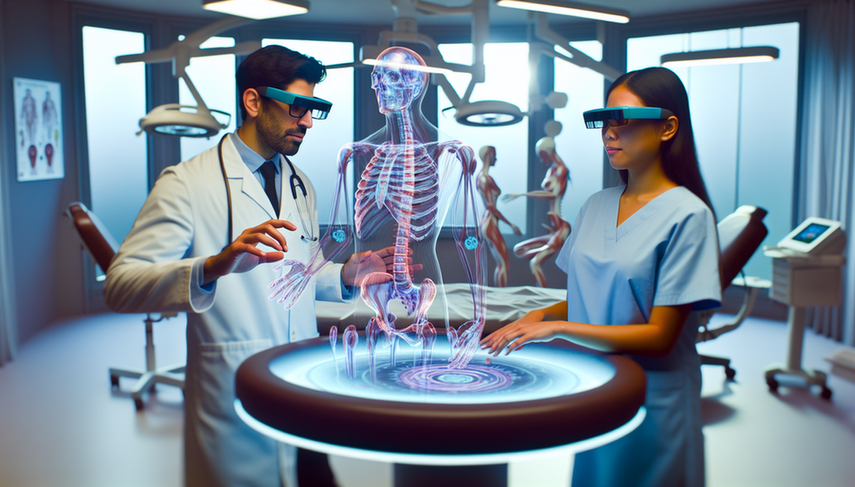Virtual and Augmented Reality in Medicine: Transforming Clinical Training and Future Surgeries for Doctors

Medical virtual reality (VR) and augmented reality (AR) are transforming the landscape of modern medicine, offering new opportunities for clinical training and medical assistance. These immersive technologies allow healthcare professionals to explore and practice in simulated environments that replicate real-world situations, thereby enhancing the accuracy and effectiveness of treatments. In this context, VR and AR are not only redefining how medicine is taught but also how it is practiced, preparing the doctor of the future to face the challenges ahead.
Diving Deeper into Virtual and Augmented Reality in Medicine
The integration of VR and AR in medicine has proven particularly beneficial in areas such as critical care medicine, where these technologies can help reduce anxiety and pain in patients, as well as improve communication among healthcare teams. Additionally, AR has been effectively utilized for the ongoing education of intensive care providers, complementing traditional learning methods with the acquisition of key practical skills.
In the surgical field, spine surgery has seen applications of AR and VR in preoperative planning and intraoperative navigation, which have improved precision and surgical outcomes. Similarly, in oral and maxillofacial surgery, these technologies have enhanced procedure planning and surgical training, providing a virtual environment to practice manual skills.
Medical education has also greatly benefited from these technologies. A study on immersive technologies in health education showed that while the knowledge acquired is comparable to traditional methods, the learning experience is significantly enhanced with the use of VR and AR, increasing student satisfaction and engagement.
Conclusions
Virtual and augmented reality are establishing new paradigms in medicine, not only in clinical training but also in medical practice. These technologies offer a more efficient and safer approach to education and healthcare, allowing professionals to enhance their skills and knowledge in a controlled, risk-free environment. As these technologies continue to evolve, it is essential that we keep researching and developing their potential to fully integrate these tools into daily medical practice, ensuring that the doctor of the future is well-prepared for upcoming challenges.
Referencias
- [1] Virtual and augmented reality in critical care medicine: the patient's, clinician's, and researcher's perspective
- [2] Augmented and virtual reality in spine surgery, current applications and future potentials
- [3] The application of virtual reality and augmented reality in Oral & Maxillofacial Surgery
- [4] Learning Outcomes of Immersive Technologies in Health Care Student Education: Systematic Review of the Literature
Created 20/1/2025
